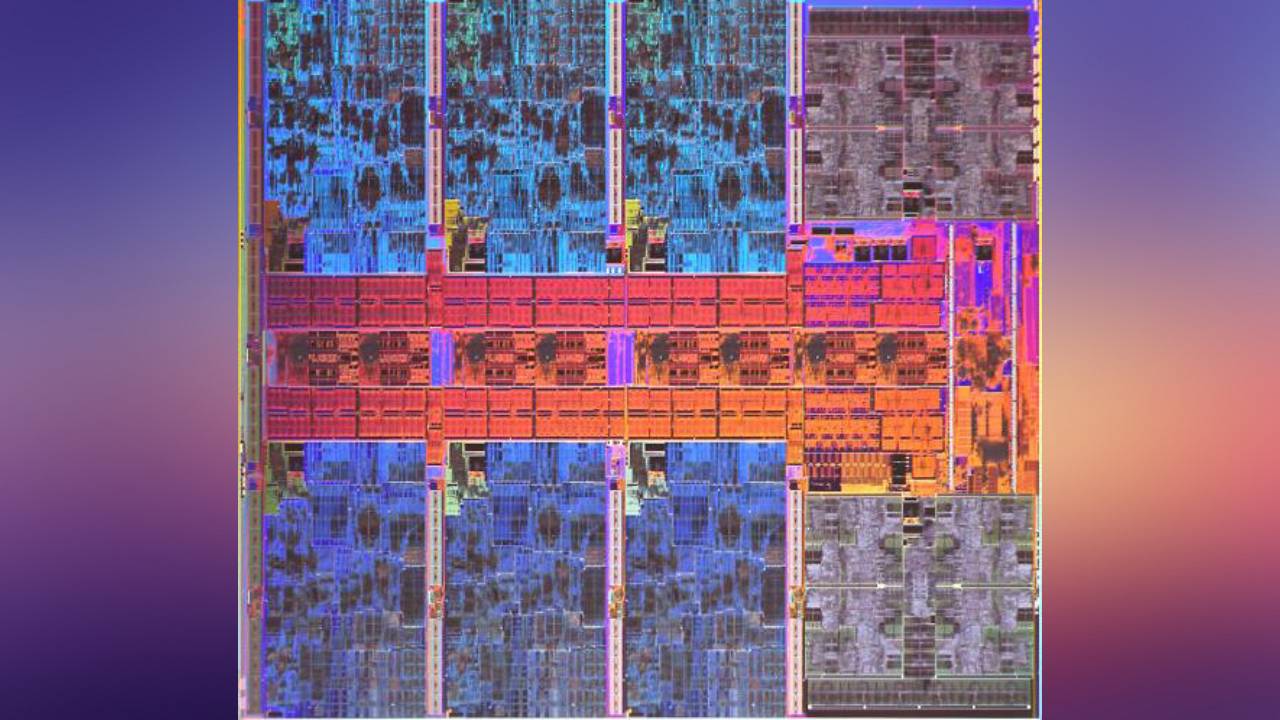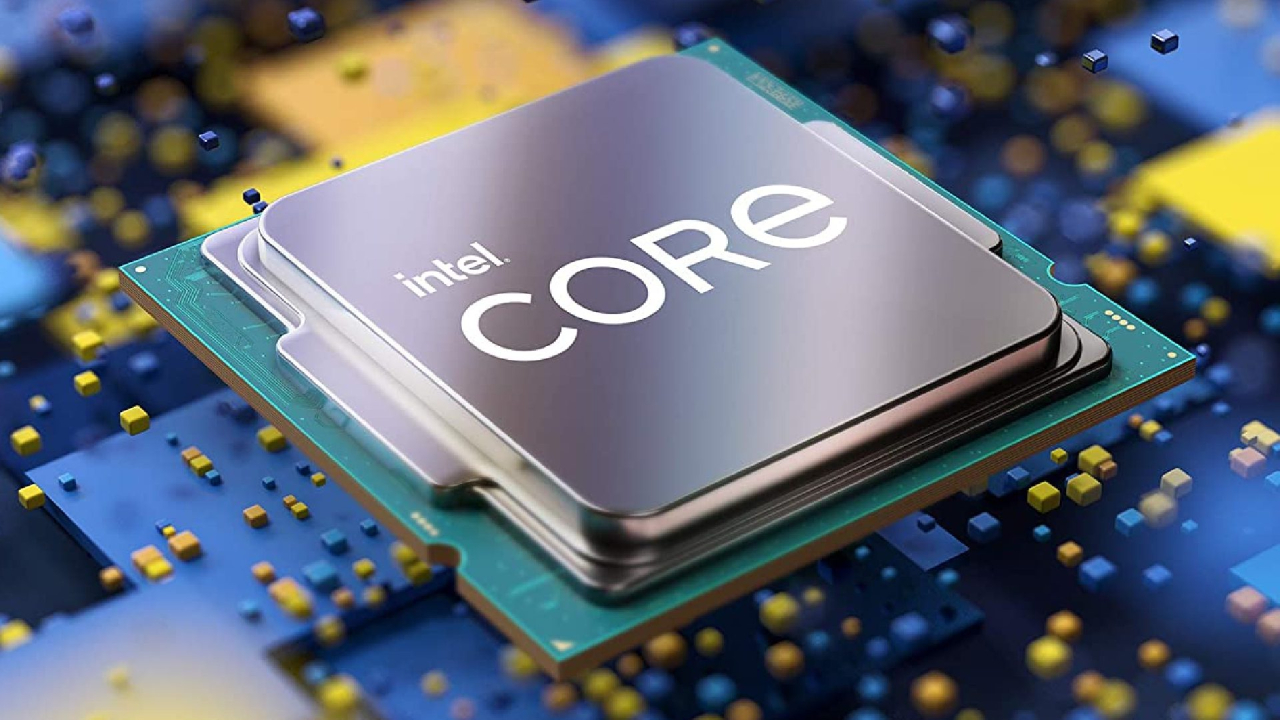Although Intel has not yet released its 13th generation processors, Intel shared some information about the Meteor Lake (14th generation) family at a symposium it attended today. The thing that caught the attention the most was that although it has the same TDP (power consumption value) values as its predecessors, it can go up to higher clock speeds. So how did Intel achieve this?
14th generation Intel Meteor Lake processors show great promise!
14th generation Intel Meteor Lake processors are not on the agenda for now. Because the 13th generation is expected to be introduced in the coming months. Moreover, Intel has big promises on the power consumption side. However, the company already shares that it plans to continue the important steps it has taken in this field and what the next series will offer us.

Speaking at the symposium, the company made some statements about the Intel 4 (7 nm) process node. He said that as the next generation of Intel 7 (10 nm Alder Lake and Raptor Lake), it will come with a new socket and architecture. It is stated that the power consumption values will be quite similar to the 12th generation, but the performance will reach much higher levels.
When we look at the shared numbers, we will see up to 21.5 percent higher clock frequencies at the same power consumption values compared to the Intel 7 series. Conversely, in a test environment with the same performance, the Meteor Lake series will consume 40 percent less power than its predecessor. It is stated that they have achieved this with up to 2x improvements in areas such as area scaling and improvements in chip architecture.
Additionally, the new chips will use Intel’s Foveros 3D technology. It will also have a four-die setup combined with TSV connections. In the light of all these developments, it is said that the system is grouped under 4 different roofs. In addition, it is stated that thanks to the new architecture, processing steps have been shortened by 5 to 20 percent on the production side.

The company shared some information not only about Intel 4 but also Intel 3 process. For example, we were told that I3 will be about 18 percent faster than I4, plus it will switch to 20A and 18A nodes after I3. However, it was stated that these are preliminary estimates and that the products to be released may yield different results (possibly in a positive sense).
What do you think about this issue? Don’t forget to share your views with us in the comments!